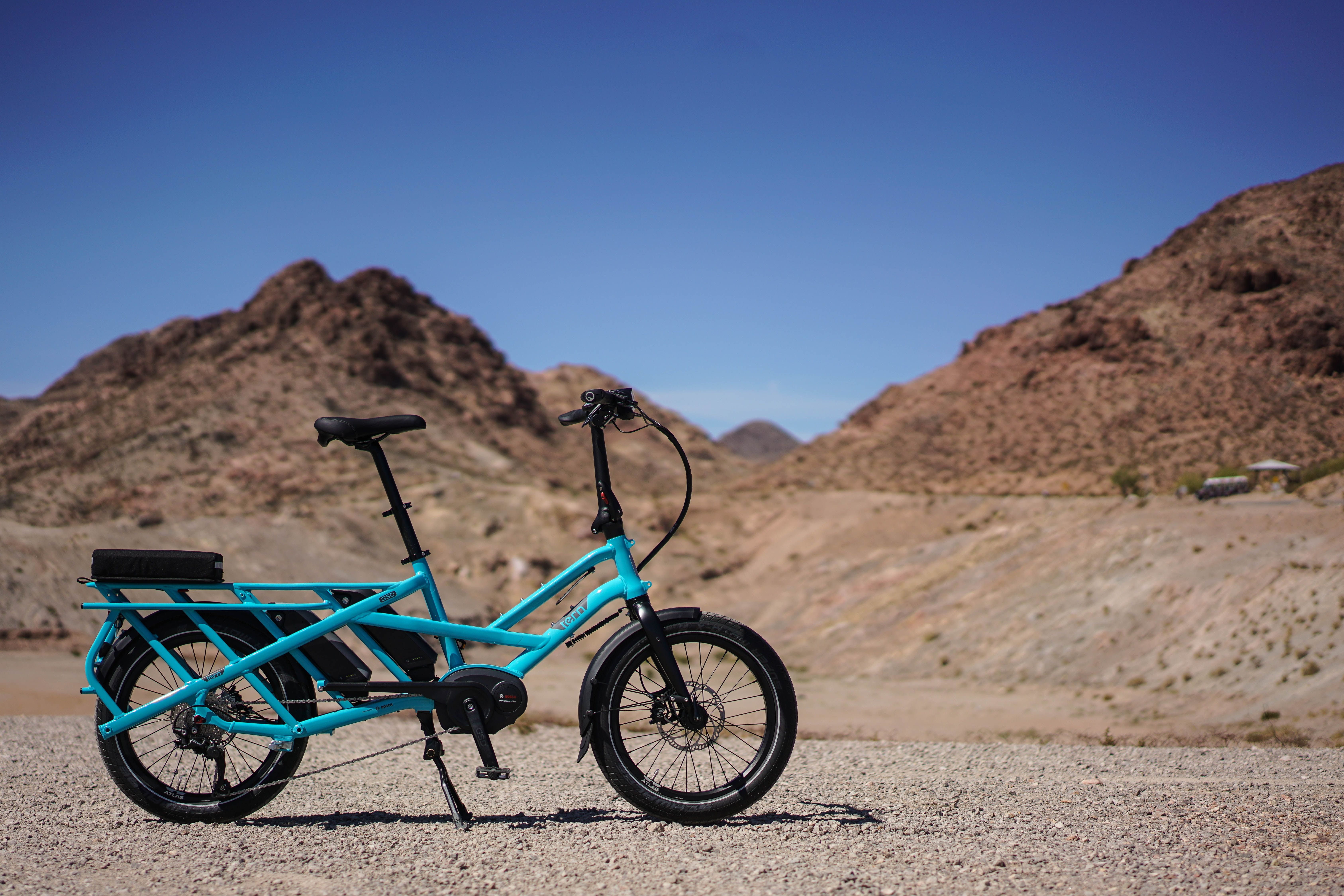Opportunities for Sustainable Urban Mobility
11:30 - 12:30 - Tuesday 13 October

Current climatic events are highlighting the need for urban mobility to become more sustainable. Cities are disproportionately contributing to global transport emissions, responsible for a significant share of total passenger journeys and goods deliveries. Furthermore, transportation’s impact on air quality continues to harm our health. According to the World Health Organization, air pollution exposure is responsible for almost 7 million deaths every year. Transport is a major contributor to this, responsible for up to 70% of the total pollution mix, costing countries around 3.5% of their GDP.
Therefore, it is clear that a substantial environmental improvement can be made by decarbonising urban transport and reducing urban air emissions. The session will cover the challenges and opportunities to achieving this and will explore the primary approaches:
1. Fuel Switching
The move away from fossil fuels is one of the major mobility trends that is benefiting the environment. The transition to electric vehicles (EVs) is the most prominent means of vehicle decarbonisation and the future is promising for the electric vehicle market. Manufacturers are increasing the number and variety of EV models and several charging technologies are currently being developed and deployed. Battery swapping, mobile charging and wireless charging will bring additional convenience for drivers and fleet operators. In addition to vehicle electrification, hydrogen fuel cells and biofuels are potential alternatives to traditional fossil fuels which also have their own opportunities and challenges.
2. Efficiency Improvements
Technology advancements are continuously driving forward improvements in efficiency. EVs are benefitting from developments in battery technology and vehicle design, while internal combustion engine (ICE) vehicles are benefitting from better fuel economy and lower emissions. Digital technologies and networking are also presenting opportunities for further efficiency improvements affecting vehicle operations, such as platooning and automated freight matching.
3. Mode Switching.
Cities are re-imagining the usage of their urban centres, and the trends for prioritizing pedestrians, cycling and micro mobility over vehicles are gaining momentum. Innovations in shared mobility are also encouraging people to move away from personal vehicle usage in cities to more energy efficient mobility modes and improved integration with public transport.
